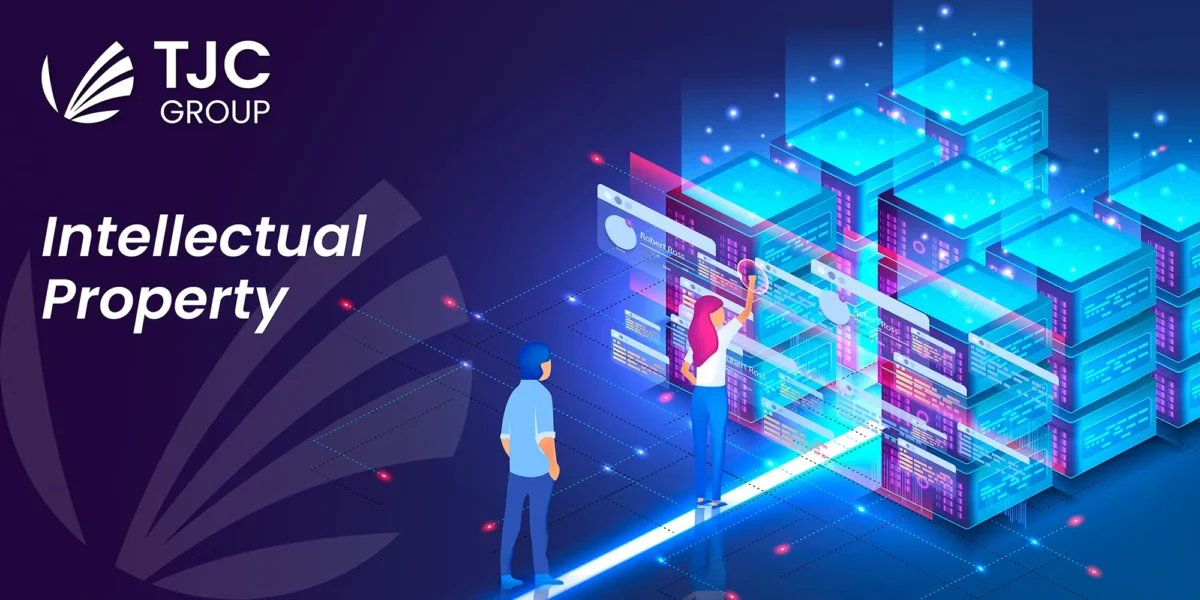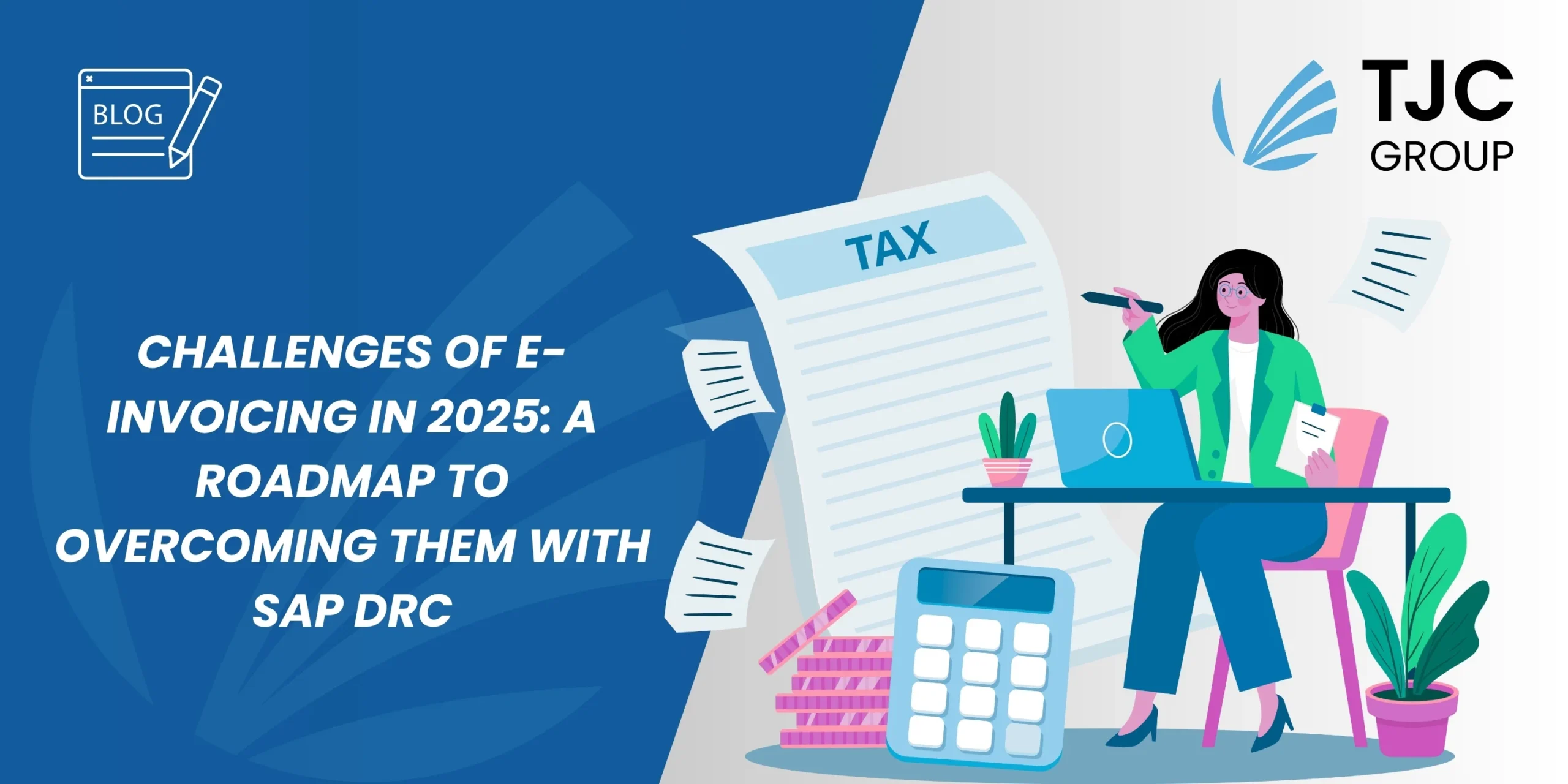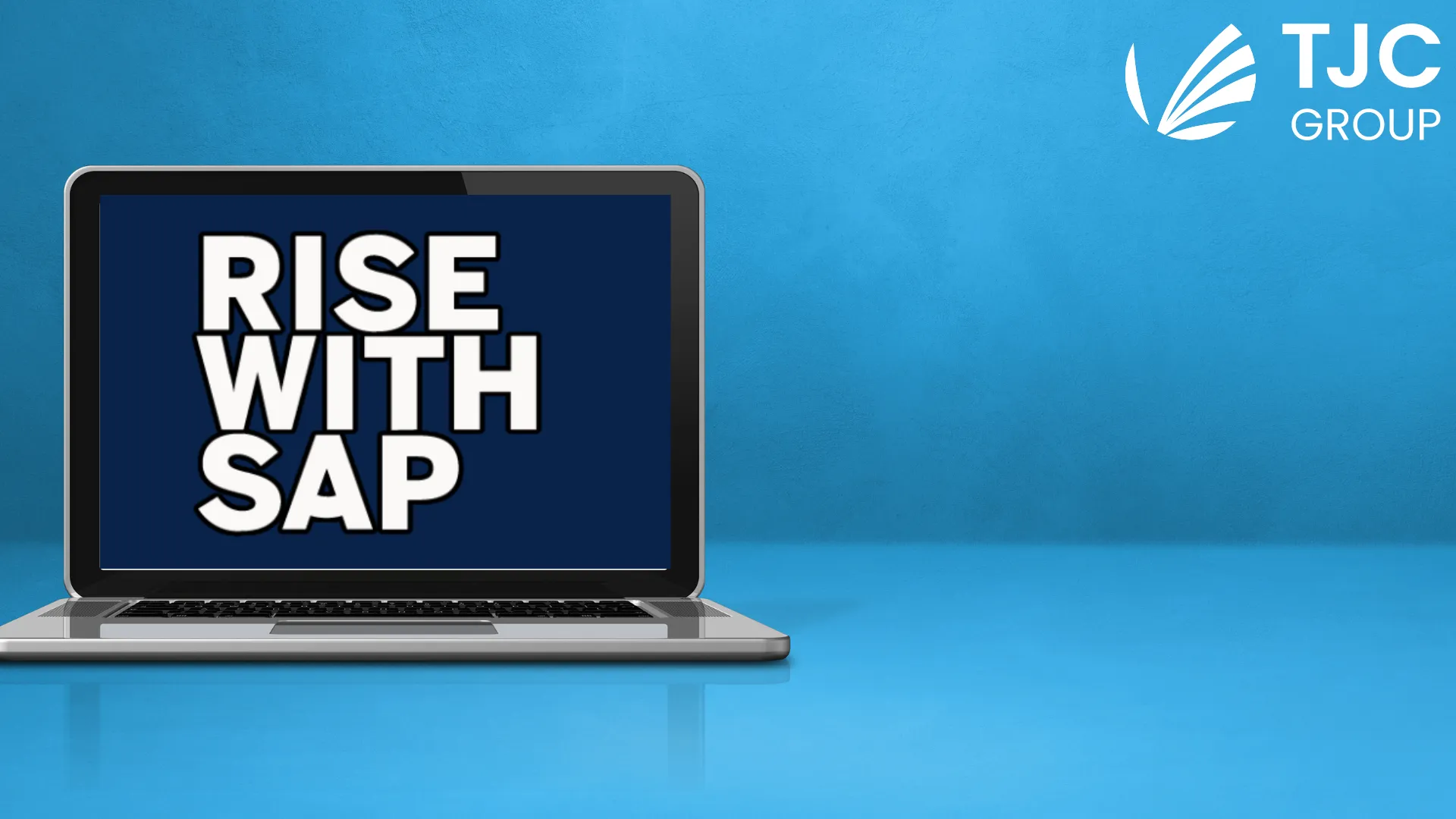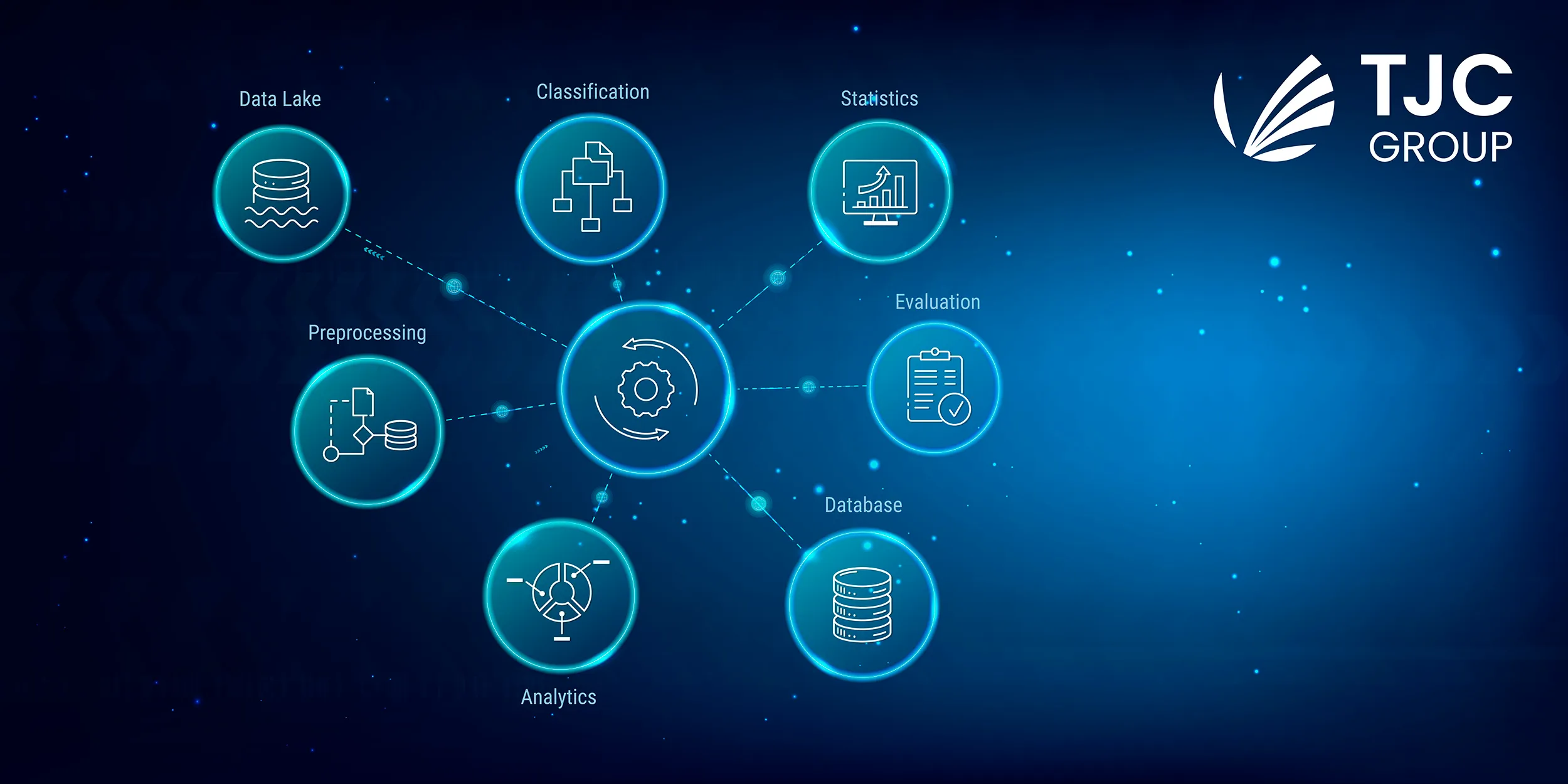Autorin: Laura Parri Royo, Marketing Director at TJC Group.
As software developers, technologists and business people, we all know the importance of continuous innovation. Without innovation, there would be no work for us. There would be no cloud hosting, no connected devices, no mobile working, no automation, no machine learning. Aside from the broader socioeconomic impact of these developments, a new study from IDC has quantified the commercial impact of innovation for software development companies.
Results of the IDC study
Die von SAP in Auftrag gegebene und im Januar 2023 veröffentlichte IDC-Studie hat ergeben, dass SAP-Partner, die Ressourcen in die Entwicklung neuer Software und Dienstleistungen investieren, mit einem deutlich schnelleren Wachstum rechnen können als andere, weniger innovative Partner. IDC hat die finanziellen Auswirkungen dieses Musters quantifiziert und herausgefunden, dass SAP-Entwickler, die mehr als 20 % ihres Jahresumsatzes in die Entwicklung neuer geistiger Eigentumsrechte (IP) investieren, ein rund 60 % höheres Umsatzwachstum erzielen als andere, die nicht die gleiche Menge an Ressourcen investieren. Dies ist eine ganz erhebliche Investitionsrendite. Die Studie ergab außerdem, dass diese Möglichkeiten branchenunabhängig sind. Die gleichen finanziellen Erträge ergeben sich für neue Lösungen, die sowohl auf spezifische Branchennischen als auch auf allgemeinere, horizontale Anwendungen abzielen.
93% der befragten SAP-Geschäftspartner gaben an, dass sie im Vergleich zum Vorjahr einen beschleunigten Anstieg ihrer SAP-beogenen Umsätze erwarten.
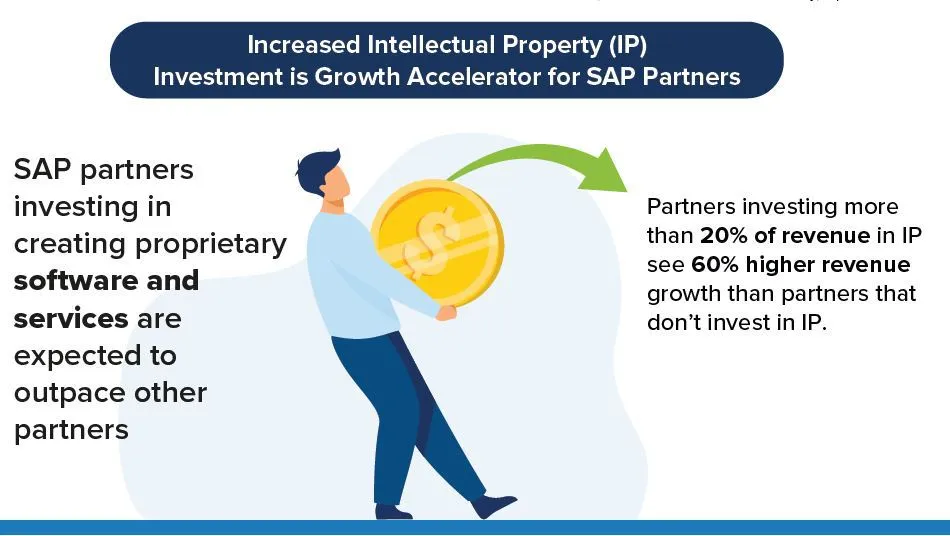
Selbst im derzeitigen unsicheren Wirtschaftsklima, in dem die Risikobereitschaft bei Forschungs- und Entwicklungsbudgets geringer ist, werden sich Investitionen in neues geistiges Eigentum auszahlen. Insgesamt unterstreicht die IDC-Studie, dass die größten Geschäftschancen für Partner in der Bereitstellung innovativer neuer IT-Services und öffentlicher Cloud-Dienste liegen. Dazu zählen u.a. Software as a Service (Saas), Platform as a Service (Paas) und Infrastructure as a Service (Iaas). Es liegt auf der Hand, dass SAP-Partner, die trotz der Risiken weiterhin in Innovationen investieren, größere finanzielle Vorteile und bessere Margen erzielen.
SAP BTP als Hauptantriebskraft für Innovation
Es ist immer gut, optimistisch zu sein, was die Ergebnisse von Forschung und Entwicklung angeht. Doch für SAP-Entwickler haben diese kommerziellen Trends dank der Verfügbarkeit der SAP BTP (Business Technology Platform) eine doppelte Bedeutung. Dabei handelt es sich um die Entwicklungsumgebung oder das Ökosystem, das von SAP geschaffen wurde, um Software-Innovationen zu fördern. In der Vergangenheit beauftragten SAP ECC-Anwender ABAP-Entwickler damit, die verfügbaren Funktionen mit „Add-ons“ anzupassen.
SAP BTP ist für alle Seiten vorteilhaft: Die Anwender in den Unternehmen erhalten die Anpassungen, die sie ben¨ptigen, bleiben aber gleichzeitig flexibel und
vermeiden Geschäftsunterbrechungen durch die Systemintegration.
Halten Sie den Kern sauber mit SAP BTP
Jetzt wirbt SAP für die Idee „keep the core clean“, bei der SAP BTP eingesetzt wird, um erweiterte, benutzerdefinierte Funktionen direkt in einen sauberen, zentralisierten SAP-Kern zu integrieren. Warum es Sinn macht, den Kern sauber zu halten, können Sie sich so vorstellen: Was würde passieren, wenn Sie Ihr Haus verkleinern würden? Der Umzug von einem Haus in eine moderne Wohnung bedeutet eine Entrümpelung. Man muss Platz sparen, und dasselbe Prinzip gilt für SAP, insbesondere wenn es um die Migration von S/4 HANA geht. Wenn SAP ECC das große Familienhaus war, ist S/4 HANA wie eine neue Penthouse-Wohnung. Es hat alles, was man für ein modernes Leben braucht, erfordert aber eine eher „minimalistische Weltanschauung“ – genau wie der Betrieb von SAP in der Cloud mit S/4 HANA eine fantastische Plattform für die digitale Transformation ist, aber einen ganz anderen Modus Operandi erfordert.
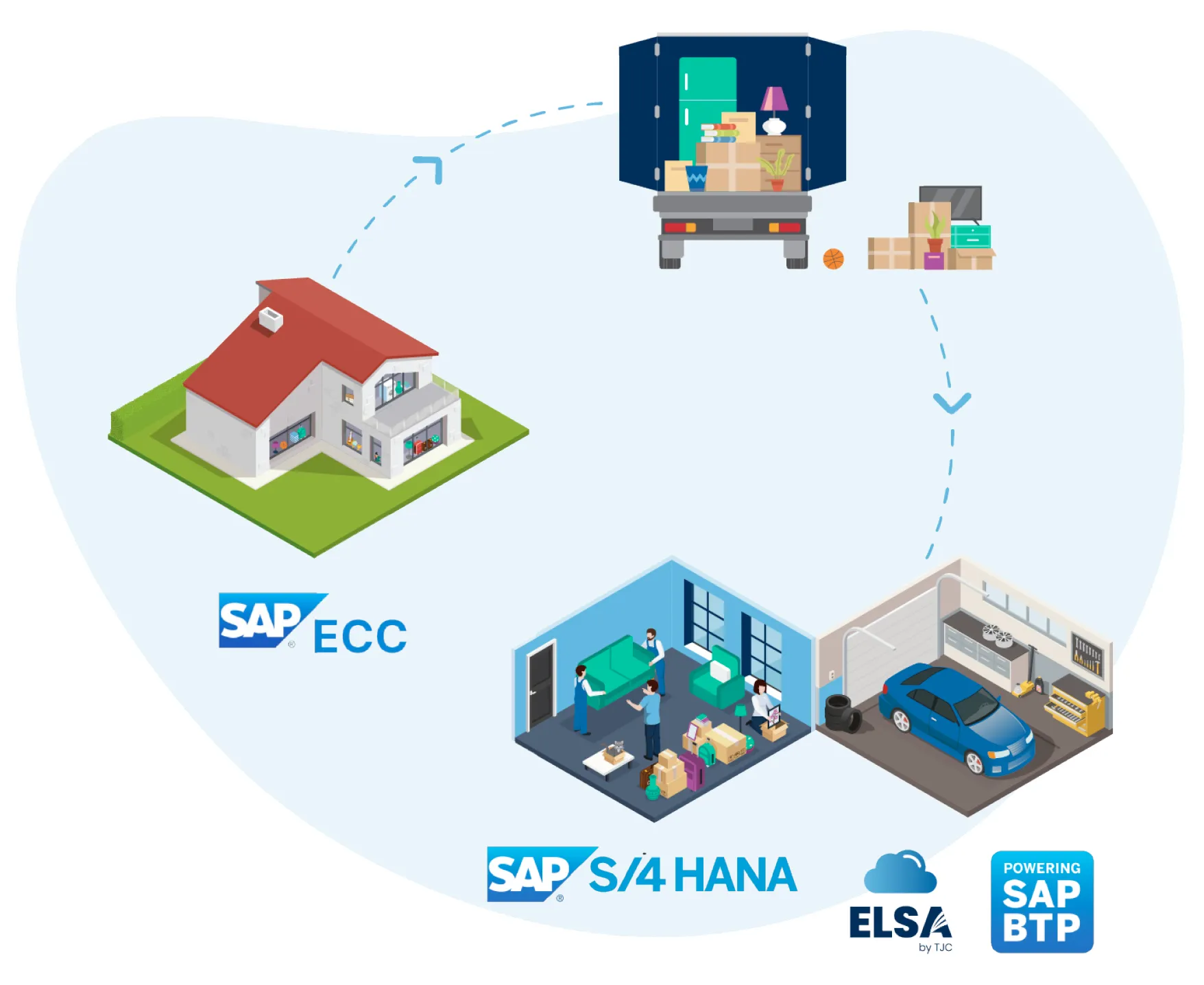
SAP-Entwickler wiederum wissen jetzt, dass „keep the core clean“ eine gute Geschäftsmöglichkeit darstellt. Es regt die Nachfrage nach neuen Anwendungen an und ebnet den Weg für eine stetige Rendite aus Investitionen in neues geistiges Eigentum – genau das, was SAP-Softwareentwickler brauchen.

Wie die TJC Group geistiges Eigentum zur Förderung des Unternehmenswachstums einsetzt
Nach einem langsamen Start, der in erster Linie auf einen geringen Bekanntheitsgrad zurückzuführen war, ist das Interesse an SAP BTP stetig gewachsen – sowohl bei den Entwicklern als auch bei den Anwendern. Eine wachsende Zahl von Lösungspartnern, darunter auch die TJC Group, hat damit begonnen, in und für SAP BTP entwickelte Software anzubieten. ELSA (Enterprise Legacy System Application) ist eine Cloud-Anwendungslösung von SAP, mit der historische Daten aus beliebigen Quellen für Geschäfts-, Prüfungs- oder Steuerzwecke jederzeit wieder abgerufen werden können.
„Bei der TJC Group haben wir der Innovation stets oberste Priorität eingeräumt, selbst in Zeiten der Rezession. Heute sind 40 % unserer Mitarbeiter in der Forschung und Entwicklung tätig. Daher hat die TJC Group ein Patent für ELSA angemeldet.“
– Florent Finucci, CFO der TJC Group.
Eine SAP BTP-zertifizierte Lösung für die Systemstilllegung
Die Cloud-native Anwendung baut auf SAP BTP auf, nutzt das eigene IP der TJC Group und wird als separate Lösung innerhalb von SAP BTP angeboten. Anwendungen wie ELSA ermöglichen es, sofort mit der Stilllegung von Legacy-Systemen und Anwendungen wie SAP CRM, SRM, Warehouse Management oder Nicht-SAP-Systemen zu beginnen.
ELSA-Benutzer können selektiv auswählen, was sie in die Cloud migrieren und sowohl die Risiken als auch die Kosten reduzieren, die mit Legacy-Systemen verbunden sind. Sie haben jetzt die Gewissheit, dass sie für künftige Anforderungen problemlos auf Legacy-Daten zugreifen können. In Anbetracht des gesamten Ethos, der hinter BTP steht, ist ELSA ideal für die Masseneinführung durch migrierende SAP-Anwender geeignet.
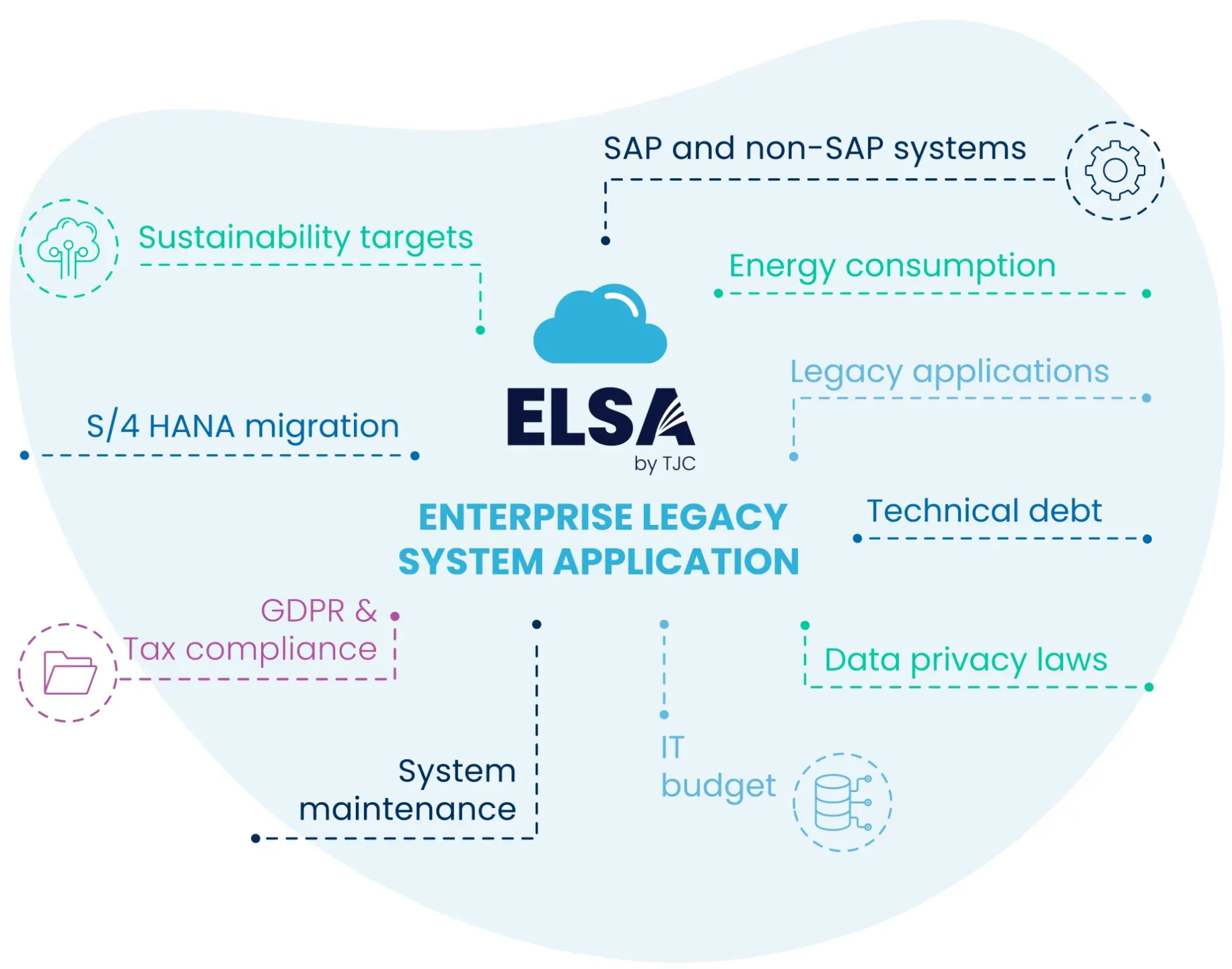
Ein Ausblick auf die Zukunft
Mit Blick auf die Zukunft sieht die TJC Group eine Zeit voraus, in der SAP BTP letztlich ein Marktplatz für zertifizierte SAP-Partner sein wird, die auf der Grundlage des BYOL-Modells (Bring Your Own Licence) einsatzbereite Anwendungen mit ihrem eigenen geistigen Eigentum anbieten. Auf diese Weise wird SAP BTP eine Art Unternehmenssoftware-Version von Amazon Marketplace sein; eine Drehscheibe für Käufer und Verkäufer, aber noch besser. Wir sind sehr optimistisch, dass dies geschehen und die gesamte SAP-Entwicklergemeinschaft davon profitieren wird.
„SAP-Partner sind unverzichtbar für die Bereitstellung von Lösungen, die Kunden dabei unterstützen, sich anzupassen, neue Ideen zu entwickeln und auf den Markt zu bringen. Durch die Zusammenarbeit mit unseren Partnern können Endkunden die SAP-Kernlösungen nahtlos erweitern, um wirkungsvolle Geschäftsergebnisse zu erzielen“, so Mark Weyman, Head of Ecosystem Profitability bei SAP.
In der SAP Partner finder finden Sie SAP-Lösungsanbieter, die Ihr IT-Team mit ihrem Fachwissen vor Ort unterstützen können.
Referenzen:
IDC-Studie zeigt, dass geistiges Eigentum das Wachstum von SAP-Partnern antreibt. SAP News Center.


